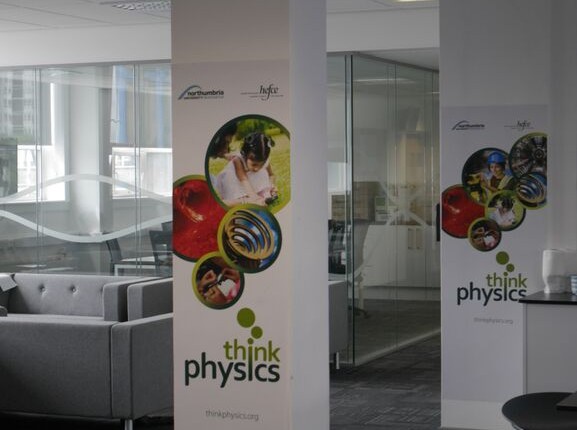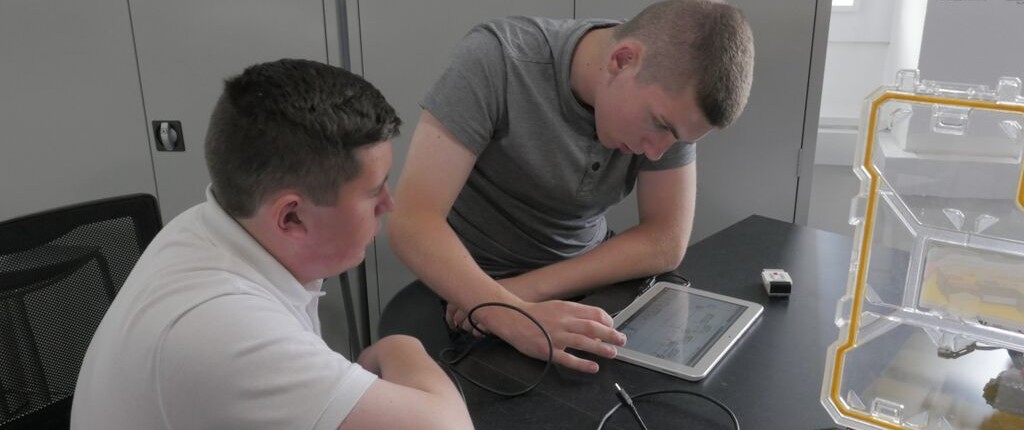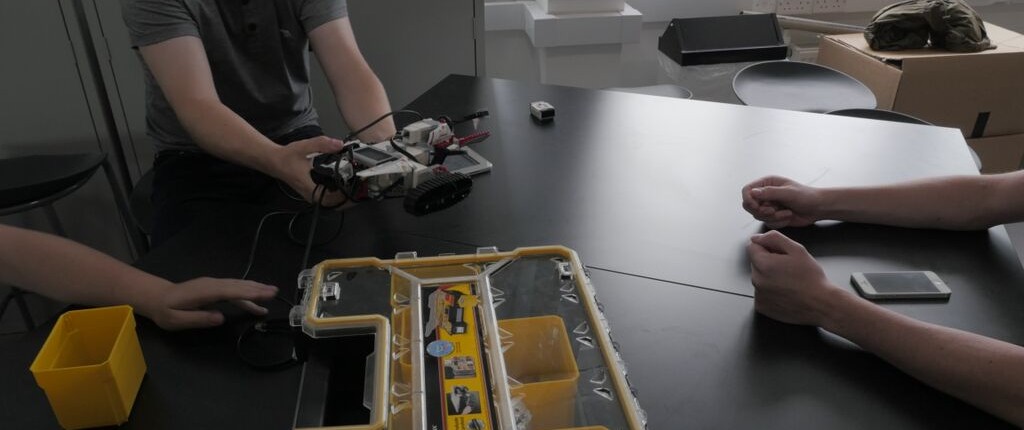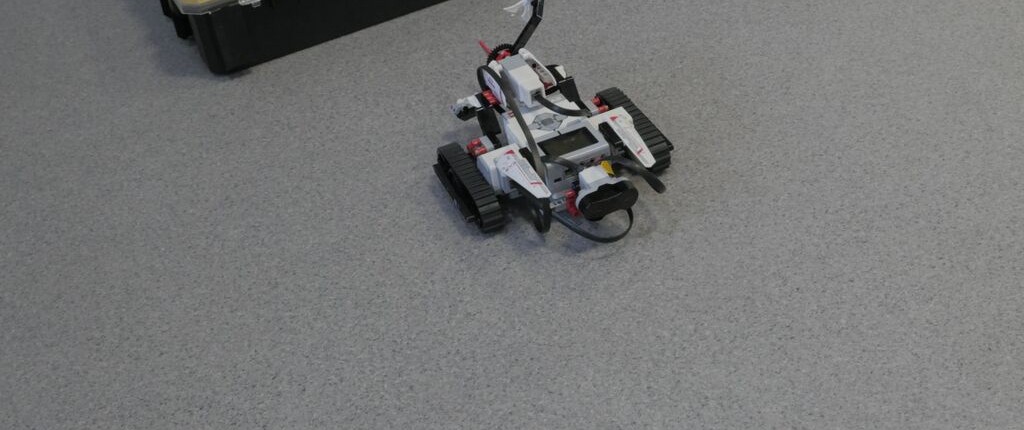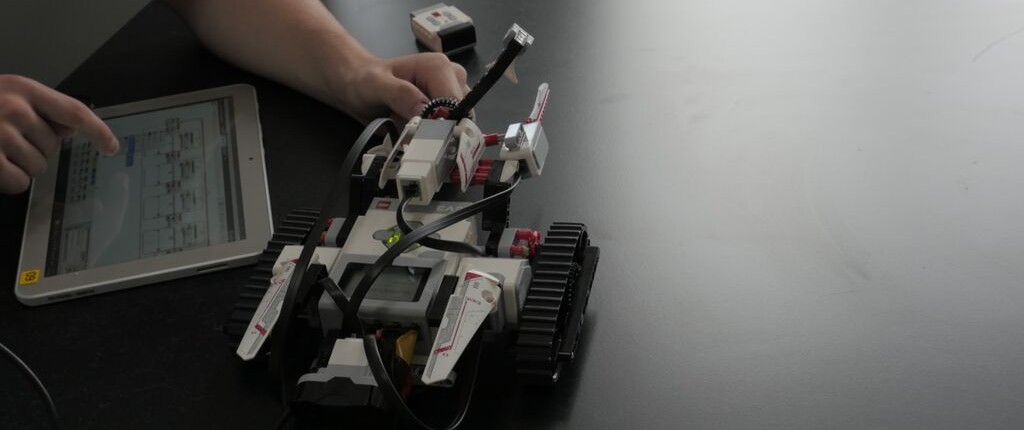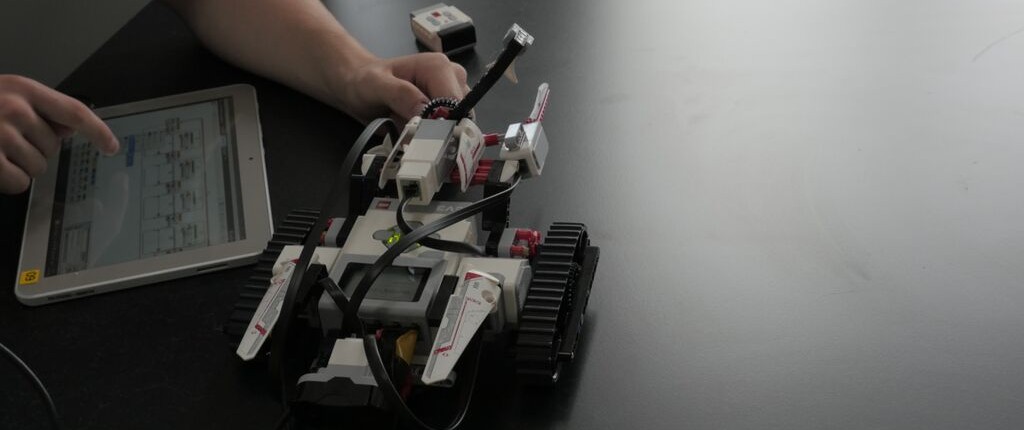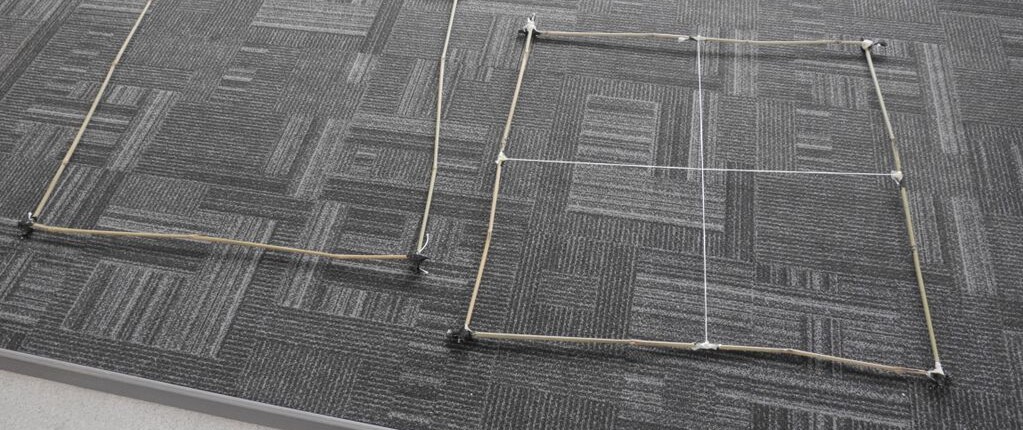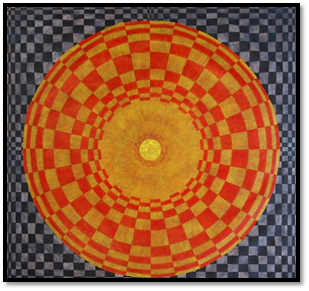Monday
My first venture in to the world of work. I arrived for my first day at 10.00am sharp. I had a friend who was also carrying out the placement, Jack. We navigated our way through what initially seemed to be a labyrinth of halls before finding where we were supposed to be. On time and eager to work, we went through to the Think Lab where we noticed immediately, a friendly atmosphere as students sat working and chatting. Within a few minutes, we were greeted and introduced to the team, it was apparent that the general atmosphere was very relaxed, yet still productive. We were told who to see about the tasks we were given and we were briefly shown around the facilities. We received a campus map in which showed where the canteen and where other areas of interest were.
As a matter of fact, the atmosphere within the office was strange, obviously in a good way, but it was unusual in the sense that people were relaxed, wore casual clothes and were able to relax in the sense that likeminded individuals were around them. Our first task was dealing primarily with Excel and data. Not too exciting, but a gentle introduction into work. We had to look at data entries from year six students, previously at the Think lab, this data consisted primarily of ‘’what do you want to do when you’re older?’’ and ‘’How many Jobs can you name?’’. This was broken down into tallies and statistics in which I and Jack did together in order to speed up this enthralling task. We then were allowed to get on with it – this is something I benefitted from and particularly enjoyed. We were just allowed to get on with the task at hand which we were given a choice, whether to do independent research, or whether to look at it collectively. In the end we decided to conduct research independently, we investigated what ‘’Trails’’ were and were helped by Laurence when he told us to look up the concept of Geocaching, this made it a lot clearer. We then conducted our own independent research into what a good trail usually has and then we focussed more on our local area – Newcastle. We investigated and researched what significant things had occurred in Newcastle in which have some relation to STEM – Science, technology, engineering and mathematics. Between these two tasks we had lunch and were recommended some places to go to – which included Mexicans and Italians, of course, being an unadventurous type as I am, I was straight to McDonalds. May as well make the most of it being local, right?
Tuesday
After an unorthodox Greggs breakfast, I set off to work for my second day at Think Physics. We worked with interns, Callum and Laurence, to construct a Lego Mindstorm robot. We constructed the Robot out of blocks and pieces; we spent about two hours putting the robot together before connecting wires to its different components. We then set about, researching what’s the purpose of robots? And what types of jobs can they do? We then went on to learn about coding as well as Programming, we learned through independent research the type of jobs which require programming and coding, after this we set about writing code for our own robot. We downloaded the Lego Mind storm app on the Windows tablets. It failed.
We then tried to do it again, it failed. Then it was a case of third time lucky – finally! We had the app and could now begin writing our very own code, albeit simplistically. The code was simple and easy to follow, it followed a basic pattern and instead of loads of words and algorithms, there was just one simple algorithm – a line of code represented by pictures. We could then download this pattern, from the tablet via a USB to the Robot. The robot responded to code well, after a few initial hiccups, we were able to successfully manipulate the robot into doing anything. Its three motors meant that we were able to drive it with our written code and we were also able to make a motor, carrying makeshift weapons spin. We could control all of this with a simple application. We controlled how long the robots ‘’weapons’’ spun for and we could control the exact movement of the robot and even how long down to as low as beyond the decimal place.
We ended our second day with newfound knowledge about coding, as well as programming. We had both learned new concepts in which isn’t common knowledge but they’re basic skills which will inevitably be core to a society more reliant on technology than ever. We were also presented with the challenge of aiming to establish a sort of obstacle course; this would test our coding skill and we could establish just how far we have come since we first attempted it and we would see what our newfound skills would be like, when put to the test.
Wednesday
On my third day, we arrived at 9AM, as per usual. However we found ourselves alone in the office/lab. There was only Callum in until about 2PM. Straight away we set off at work. We worked with Callum to help produce a PowerPoint presentation of which would also be used as a future Think Physics workshop. We worked through the morning, developing a PowerPoint and also a handout word sheet with instructions, the workshops subject was Programming. We had to adapt our vocabulary and provide clear explanations to a demographic of KS3 students; ranging from 7, 8, 9 and ages of 11-14. To help with the development of the PowerPoint we were instructed to use the Masterminds application and draw up simple code in which we could use as screenshots to instruct students on how to program.
We then drew up two tasks for the workshop. One was – to successfully program the robot to travel forward for 3 seconds, do a 180 spin, activate its weapon and then go backwards for three seconds. The aim of this task was to get the robot back into its original position. We drew up a second task; this was to incorporate your programming skills in order to program the robot, to be successfully controlled with the remote. By this time, we had completed an entire mornings of work and were well on our way to finishing it.
The afternoon came and after a daily trip too Greggs, we came back for 1PM. When we got back we went about reviewing the PowerPoint and the help sheet. After identifying each individual button, we were then instructed to do both tasks and see how long it would take us. Typically this workshop would take 90 minutes. We were now familiar with the software and we were able to complete both tasks within 40 minutes. As this didn’t include the presentation and as we were already familiar with the software, we decided that there was enough content for a challenging workshop.
After we had finished our tasks, we had also realised that we had finished most of what we had to do. We were then given other equipment to add into our programming. Previously we didn’t have any specialist detector equipment but now we had equipped the robot with a live motion sensor as well as an infrared sensor. We successfully incorporated motion sensor after a series of trial and error. Then we had also adapted our program to fit in the infrared sensor. We encountered problems like the fact it was unable to pick up black matt material due to the fact it just absorbed it. Finally we attempted to fit other instruments on to it, and we were wondering why it wasn’t working. This small black instrument was actually an extremely useful, it was a light detector. An incredibly useful thing.
Thursday
Today was our 2nd last day, this morning we completed case study questions from the Think Physics team. They were orientated around our future careers and what we intended to do after the age of 16. There were some difficult questions like ‘’who inspires you’’ and also ‘’what is your greatest achievement so far’’. There were about a dozen questions which required highly detailed answers so this took about an hour and a half. We then went on a short break for about 15 minutes. When we got back to the lab, we were asked by Joe to make a 1 metre square quadrat. A quadrat is a square in which is thrown and you observe the life inside of it, e.g. how many flowers in the 1meter square quadrat and then for the second one we made it with 4 squares in the middle of it which were 50 square cm each. This was a very challenging task as we were making it with bamboo. Possibly the best building material ever. We attempted to glue them on but the structure was too flimsy, then we attempted to cut right angles in them and make like a frame. This seemed like a good idea, but instead didn’t work in the slightest due to the different thicknesses of the bamboo wood.
After hours of trial and error we finally came to the decision that we would just go over the top, in terms of sticking it together. We placed the bamboo sticks on top of each other, and then we proceeded to use a massive amount of string to tie them together; we then put hot glue between the seams to glue the string and the bamboo sticks together. Then we went overkill, we covered the string with masking tape and held it down, then we proceeded to cover it in duct tape to prevent any problems. And due to the ridiculous amount of failures when gluing the sticks, it had taken us until 4 o’clock. Home time!

